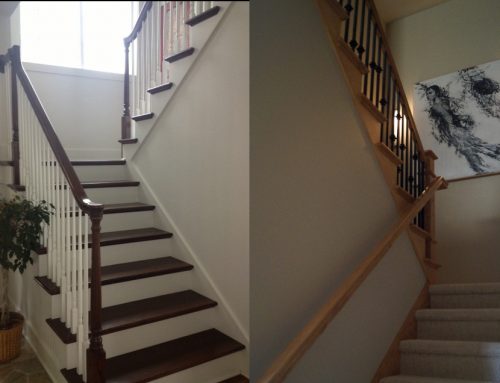When a builder provides a bid to a potential customer for construction of a new home or remodeling project, they will most likely include allowances for specific items to be included in the contract. If one has never been involved in a building project, they may not be familiar with what an allowance is and why they are necessary. This lack a familiarity with this important part of a contract can, and sometimes is used by a builder to obtain an unfair advantage over the competition and usually results in problems for the customer when they realize how the allowances impact them.
There are basically two reasons why allowances are necessary to be established in a contract. One reason is that the cost of a particular item cannot be known prior to construction. An example of this is the price of a well can’t be determined until it is actually drilled. Since the well is generally priced by how deep the driller needs to go to find good potable water, the cost cannot be determined until it is installed and thus an allowance for that work needs to be established ahead of time.
The other reason an allowance is necessary is that some decorator items included in the contract are typically not selected by the customer prior to the start of the project. These items, such as cabinetry and floor covering are priced according to grade or per unit of measure and the range of pricing can be substantial. A builder must establish an amount to figure into the cost of the home for these items and this amount is then used as the allowance for those particular items.
Based on the customer’s selections, allowances are either exceeded ( referred to as an overage ) or the cost for the item is less than the allowance ( referred to as a credit ). Normally these differentials to the allowances are logged by the builder and are applied to the final settlement at closing.
Difficulties can arise for the customer if they are not fully aware of these allowances and if they are sufficient to allow for a fair amount of selections. Some builders will purposely include unrealistically low allowances to keep their bid low and this leaves the customer with very few selections without exceeding the allowance.
Also a customer most likely will have their financing in place prior to construction and the amount of the loan may not be increased to cover any overages when the project is completed. This can obviously cause significant financial hardship in finding other methods to cover the overage amount.
When pricing out a project, we make the customer very aware of the allowances in the contract. We make certain that they compare our allowances with our competitors to make certain they are sufficient. We also advise them that we have used mid-range product pricing to establish our allowances. The customer may wish to increase the allowance to provide the opportunity to select higher grade products but we make them fully aware that the amount that the allowance is raised, is added to the total value of the contract as well.


